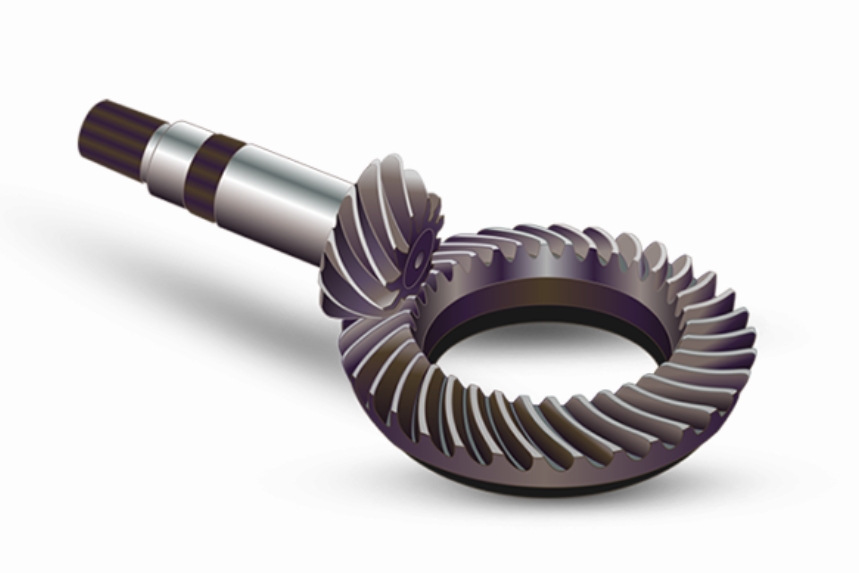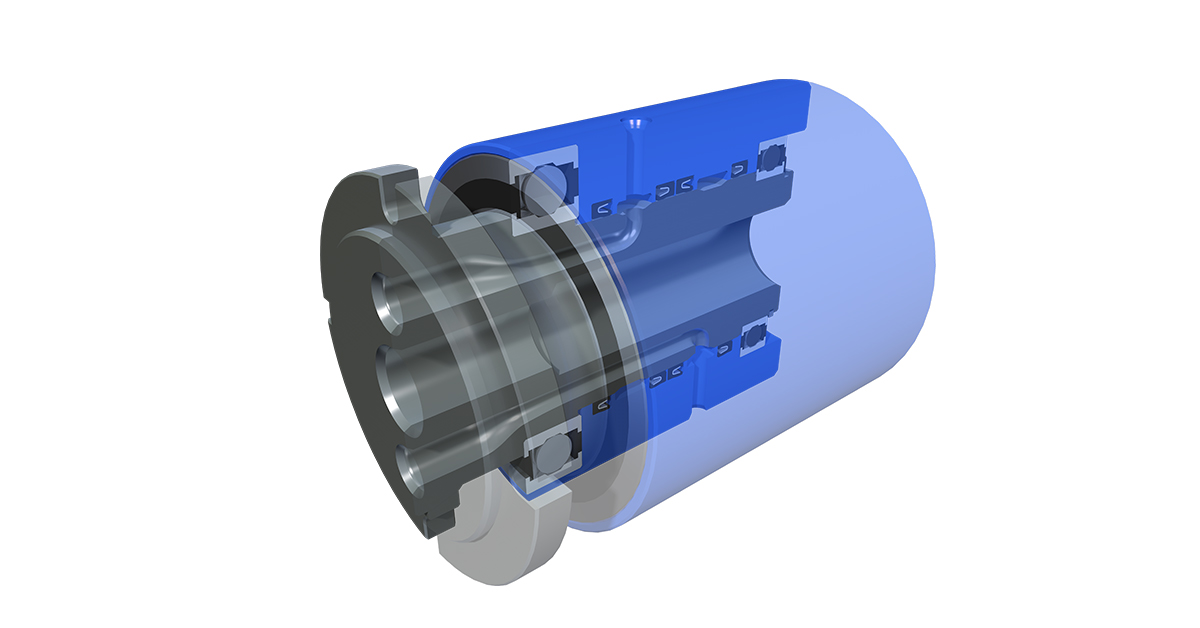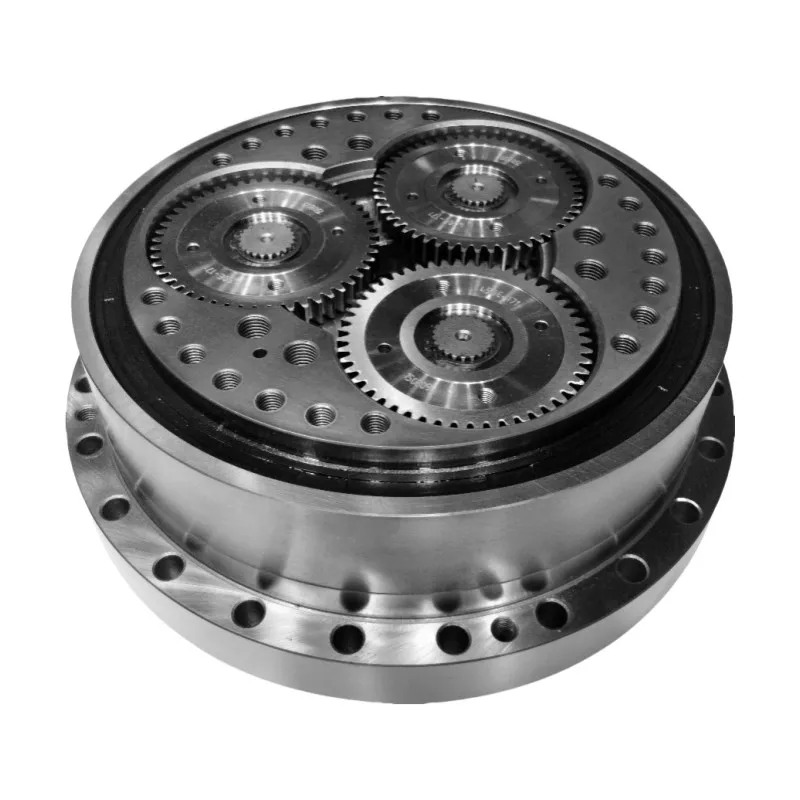5 Advanced CNC Machining Strategies for Superior Robotic Bevel Gear Performance
In today’s rapidly evolving robotics industry, the demand for higher precision, greater efficiency, and enhanced durability has never been more critical. At the heart of many advanced robotic systems lies a component that significantly influences overall performance: the robotic bevel gear. These specialized mechanical elements facilitate power transmission between intersecting axes, typically at right angles, making them indispensable in robotic joints and articulation systems.
As leading providers of precision CNC machining solutions, JLYPT has developed sophisticated manufacturing methodologies that push the boundaries of robotic bevel gear performance. This comprehensive guide explores five advanced strategies that transform standard bevel gears into high-performance components capable of meeting the rigorous demands of modern robotics applications.
Precision CNC machined robotic bevel gears ready for quality inspection
1. Advanced 5-Axis CNC Machining for Complex Geometries
The manufacturing of high-performance robotic bevel gears demands machining capabilities that can handle complex geometric profiles with exceptional accuracy. Traditional 3-axis machining approaches often fall short when dealing with the intricate tooth profiles and spiral angles characteristic of modern bevel gears.
5-Axis Simultaneous Machining Advantages:
-
Complex Geometry Handling: Modern spiral bevel gears require continuous tool engagement along curved surfaces, which only 5-axis machining can provide efficiently
-
Superior Surface Finish: Continuous tool paths eliminate stair-stepping artifacts, reducing the need for secondary finishing operations
-
Reduced Setup Time: Complete machining in a single setup minimizes cumulative error and improves dimensional stability
-
Enhanced Accuracy: The ability to approach workpieces from multiple angles ensures optimal tool engagement throughout the cutting process
At JLYPT, we employ state-of-the-art 5-axis CNC machining centers equipped with advanced control systems that maintain positioning accuracy within microns. This capability is particularly crucial for robotic bevel gear applications where minimal backlash and precise motion control are paramount.
Technical Implementation:
Our machining process begins with sophisticated CAD/CAM integration, where digital models are translated into optimized tool paths. The CAM software generates movement trajectories that account for tool geometry, cutting forces, and material properties. This digital preparation ensures that the physical machining process produces robotic bevel gears with exceptional dimensional accuracy and surface integrity.
2. Precision Material Selection and Metallurgical Optimization
The performance characteristics of any robotic bevel gear are fundamentally determined by material selection and appropriate heat treatment. Different robotic applications demand specific material properties to ensure optimal performance under varying operational conditions.
Comprehensive Material Selection Guide:
| Material Grade | Typical Applications | Key Advantages | Heat Treatment | Surface Hardness |
|---|---|---|---|---|
| 4140 Alloy Steel | Industrial robots, heavy-duty applications | Excellent strength-to-cost ratio, good machinability | Through-hardening or carburizing | 45-55 HRC |
| 8620 Alloy Steel | High-load robotic joints, aerospace applications | Superior case hardenability, tough core properties | Carburizing and hardening | 58-64 HRC case |
| 4340 Alloy Steel | Extreme performance applications, military robotics | Exceptional strength and impact resistance | Through-hardening | 48-55 HRC |
| Stainless 17-4PH | Medical robots, food processing automation | Corrosion resistance, high strength | Precipitation hardening (H900) | 40-48 HRC |
| Aluminum 7075-T6 | Collaborative robots, drone applications | Outstanding strength-to-weight ratio | Hard coat anodizing | 60-70 HRC surface |
Advanced Heat Treatment Processes:
Carburizing for Enhanced Durability
Carburizing remains the gold standard for high-performance robotic bevel gear applications. This thermochemical process involves diffusing carbon into the surface layer of low-carbon steel at elevated temperatures, typically between 850°C and 950°C. The process creates a carbon-rich case while maintaining a tough, ductile core.
The carburized components undergo subsequent quenching and tempering operations to achieve the desired surface hardness and core properties. For robotic bevel gear applications, case depths typically range from 0.5mm to 1.5mm, depending on module size and application requirements.
Nitriding for Minimal Distortion
For applications where dimensional stability is critical, nitriding offers significant advantages. This lower-temperature process (typically 500°C to 550°C) introduces nitrogen into the surface, creating extremely hard nitrides without the phase transformations associated with quenching.
The minimal distortion characteristics of nitriding make it particularly suitable for complex robotic bevel gear geometries where post-heat-treatment machining is impractical.
3. Advanced Tooth Profile Optimization Techniques
The geometric design of robotic bevel gear teeth significantly influences performance characteristics including load distribution, noise generation, and efficiency. Modern optimization techniques leverage computational power to enhance traditional gear design principles.
Tooth Profile Modification Strategies:
-
Profile Crowning: Intentional modification of tooth profile curvature to accommodate misalignment and deflections under load
-
Lead Crowning: Longitudinal modification along the tooth face width to ensure even load distribution across the entire contact pattern
-
Tip and Root Relief: Strategic removal of material at tooth tips and roots to prevent interference and reduce stress concentrations
-
Micro-Geometry Optimization: Minute adjustments to tooth flank topography based on finite element analysis (FEA) results
Computational Analysis Integration:
At JLYPT, we integrate advanced FEA software into our design process to simulate robotic bevel gear performance under actual operating conditions. These simulations identify potential stress concentrations and contact pattern issues before manufacturing begins, allowing for preemptive design optimization.
The analysis considers factors including:
-
Applied torque and rotational speeds
-
Expected misalignments from housing deflections
-
Thermal expansion under operating temperatures
-
Lubrication conditions and film thickness
This computational approach ensures that every robotic bevel gear we produce delivers optimal performance within its specific application context.
*5-axis CNC machining center producing high-precision robotic bevel gears*
4. Precision Surface Finishing and Superfinishing
The surface quality of robotic bevel gear teeth directly influences operational characteristics including wear resistance, efficiency, noise generation, and lubrication retention. Advanced finishing processes transform machined surfaces into optimized functional interfaces.
Gear Grinding for Hardened Components:
For carburized or through-hardened robotic bevel gears, grinding represents the most common finishing method. Modern CNC gear grinding machines employ dressed grinding worms that precisely follow the tooth flank geometry, removing minimal material while achieving tight tolerances.
Key grinding parameters include:
-
Wheel specification and dressing frequency
-
Feed rates and depth of cut
-
Cooling fluid composition and application
-
Spark-out cycles for dimensional stability
Advanced Superfinishing Technologies:
For ultra-high-performance applications, superfinishing processes further enhance surface characteristics. These methods employ oscillating abrasive stones or tapes that create cross-hatched or unidirectional surface patterns.
Benefits of superfinishing for robotic bevel gears include:
-
Surface roughness (Ra) values below 0.2 micrometers
-
Creation of beneficial compressive residual stresses
-
Improved oil retention and lubrication film formation
-
Enhanced run-in characteristics and reduced initial wear
According to research from the American Gear Manufacturers Association (AGMA), properly implemented superfinishing can increase gear life by 30-50% while reducing operational noise by 3-5 dB.
5. Comprehensive Quality Assurance and Metrology
The manufacturing of precision robotic bevel gears demands rigorous quality control at every production stage. Advanced metrology equipment and standardized inspection protocols ensure consistent compliance with design specifications.
Multi-Stage Inspection Protocol:
1. In-Process Verification
During CNC machining, touch probe systems perform in-cycle dimensional checks to monitor tool wear and process stability. This real-time verification minimizes scrap and ensures consistent quality throughout production runs.
2. Coordinate Measuring Machine (CMM) Analysis
Post-machining, gear blanks undergo comprehensive CMM inspection to verify critical dimensions including:
-
Bore diameter and roundness
-
Face runout and perpendicularity
-
Keyway/spline geometry and orientation
-
Reference surface locations and relationships
3. Advanced Gear Metrology
Dedicated gear inspection machines provide comprehensive analysis of tooth geometry and relationships. Critical measured parameters include:
-
Tooth profile deviation from theoretical design
-
Lead (helix) angle accuracy and consistency
-
Pitch deviation (adjacent and cumulative)
-
Total composite error and tooth-to-tooth variation
https://www.jlypt.com/images/quality-inspection-robotic-bevel-gears.jpg
Advanced gear measurement system verifying robotic bevel gear geometry
Case Study Applications: Real-World Robotic Bevel Gear Solutions
Case Study 1: High-Payload Industrial Robotic Wrist
Challenge: A manufacturer of industrial palletizing robots required a spiral bevel gear set for a new high-payload (250kg) wrist axis. The existing gears were failing prematurely due to pitting and micro-spalling on the tooth flanks after approximately 2,000 hours of operation.
JLYPT Solution: Our engineering team conducted a comprehensive failure analysis that identified insufficient case depth and suboptimal contact patterns as the root causes. We recommended a material change from 4140 through-hardened steel to 8620 steel with carburizing to achieve a case depth of 0.8-1.0mm.
The gear design incorporated enhanced profile and lead crowning based on FEA simulations of the loaded condition. Manufacturing utilized 5-axis CNC machining followed by precision grinding and superfinishing operations.
Results: The optimized robotic bevel gear set demonstrated remarkable performance improvements:
-
Service life increased to over 8,000 hours (400% improvement)
-
Consistent backlash maintained below 5 arc-minutes throughout service life
-
Operational noise reduced by 4.2 dB
-
Positioning accuracy improved by 18%
Case Study 2: Surgical Robotic Actuator System
Challenge: A developer of minimally invasive surgical robotics needed a pair of straight bevel gears for a force-feedback actuator. The application demanded near-silent operation, near-zero backlash, and compatibility with sterilization protocols.
JLYPT Solution: The gears were manufactured from Stainless Steel 17-4PH, heat treated to H900 condition for optimal strength and corrosion resistance. The manufacturing process emphasized exceptional geometric accuracy with tooth-to-tooth pitch errors maintained below 2 microns.
Micro-geometry optimization ensured optimal contact patterns under minimal load conditions. The final superfinishing process achieved a surface roughness of Ra 0.15 micrometers, significantly below industry standards.
Results: The precision robotic bevel gear set exceeded all performance expectations:
-
Acoustic emissions measured below 25 dB, imperceptible in surgical environments
-
Backlash measured at less than 1 arc-minute throughout the operational range
-
Successfully passed all sterilization validation protocols
-
Enabled haptic feedback resolution previously unattainable in surgical robotics
Case Study 3: Agile Mobile Robot Drivetrain
Challenge: An engineering team designing a high-agility, four-legged mobile robot needed a lightweight yet durable bevel gear set for its hip joint drive. Weight and rotational inertia were critical constraints affecting dynamic performance.
JLYPT Solution: We selected Aluminum 7075-T6 for its exceptional strength-to-weight ratio and implemented High-Speed Machining (HSM) strategies to achieve thin, rigid webs and precise tooth forms. The components underwent hard-coat anodizing to improve surface hardness and wear resistance.
The gear design optimized tooth geometry for maximum strength-to-weight characteristics while maintaining sufficient contact ratios for smooth operation. Special attention was paid to minimizing mass while preserving bending strength.
Results: The advanced robotic bevel gear solution delivered outstanding performance:
-
60% reduction in rotational inertia compared to steel alternatives
-
Enabled 25% faster limb acceleration and deceleration
-
Maintained structural integrity under repeated impact loading
-
Contributed directly to the robot’s celebrated dynamic gait capabilities
Future Trends in Robotic Bevel Gear Technology
The evolution of robotic bevel gear technology continues to advance, driven by emerging requirements from next-generation robotic applications.
Additive Manufacturing Integration:
Hybrid manufacturing approaches combining additive and subtractive processes show promise for producing gears with optimized mass distribution and integrated cooling channels. Laser Powder Bed Fusion (L-PBF) processes can create complex internal structures impossible with conventional machining.
Advanced Surface Engineering:
Emerging surface treatments including Diamond-Like Carbon (DLC) coatings and nanocomposite surface layers offer potential for further enhancing wear resistance and reducing friction in robotic bevel gear applications.
Smart Gear Technologies:
Embedded sensor systems and functional materials may enable future robotic bevel gears to provide real-time performance data including load monitoring, temperature sensing, and wear tracking.
Conclusion: Partnering for Robotic Innovation Excellence
The optimization of robotic bevel gear performance represents a sophisticated intersection of advanced manufacturing technologies, materials science, and precision engineering. As robotic systems continue to evolve toward greater capabilities and more demanding applications, the quality and performance of these critical components will remain fundamental to success.
At JLYPT, we combine state-of-the-art manufacturing equipment with deep technical expertise to deliver robotic bevel gear solutions that push the boundaries of what’s possible. Our comprehensive approach encompasses every aspect of gear production, from initial design consultation through final quality verification.
The five advanced strategies detailed in this guide—5-axis CNC machining, precision material selection, tooth profile optimization, advanced surface finishing, and comprehensive quality assurance—represent our commitment to excellence in every component we produce.
For robotics engineers and manufacturers seeking to enhance system performance through superior gearing solutions, contact JLYPT today. Let’s collaborate to transform your robotic concepts into high-performance realities.








